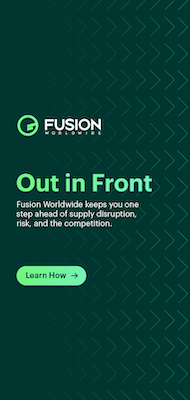Business |
Apple giveth, but iCloud taketh away
Apple in recent years has played a key role in expanding the market for NAND flash—but the company’s newly launched iCloud storage service could cause demand for the memory to weaken in the future, reports IHS iSuppli.
Driven by best-selling products like the iPad and iPhone, Apple is expected to remain the world’s largest buyer of NAND flash memory this year, accounting for nearly 30% of global demand. Shipments of NAND flash memory for various Apple products are anticipated to reach 5.2 billion gigabyte-equivalent units in 2011, out of a total global market of 18.5 billion gigabyte-equivalent units. Apple’s share of 28.3% represents the single largest block of NAND flash consumption by one company.
Apple’s portion will continue to climb during the following years, holding at 29% for the next two years. Its share then will slide somewhat by 2015 but still will account for 23.9 billion gigabyte-equivalent units, or one-fourth of overall industry NAND demand, as shown by the figure below.
For example, free storage of songs on iCloud theoretically would decrease the need for local storage on a PC, smartphone or tablet. If storage consumption decreased by 100 gigabytes per user—calculated at a rate of 4 megabytes per song at Apple’s stated cap of 25'000 songs of free storage—the combined effect from Apple’s huge database of users could make a serious dent on NAND flash demand throughout the industry, IHS believes.
iCloud’s silver lining
The launch in June of Apple’s iCloud service promised users seamless integration and access of music, photos, apps and documents on Apple servers with any Apple devices that users might own, such as an iPhone, an iPad or any Mac computer.
Other cloud storage services exist, such as Sony’s Music Unlimited, Amazon’s Cloud Drive and Google’s Music Beta Service, but all are at varying stages of availability.
In comparison, Apple not only has the most extensive ecosystem, it also has a vast user base to which the idea of cross-device integration will prove extremely appealing.
Local storage to stay—for now
For the near and immediate term, however, the threat level to the NAND flash industry from cloud storage remains low. The most likely scenario for the time being is an increase in overall demand for NAND storage—cloud or local—with users continuing to utilize the physical storage on their personal devices.
A number of reasons support this view. For one, access to iCloud is currently available only through Wi-Fi, and with Wi-Fi not obtainable in all locations, users still will need to store content on their device to enjoy offline access. Moreover, recent high-profile security breaches at Sony, Sega, Nintendo and various government websites have focused renewed attention on data security in the public realm—likely making users more wary about storing content in centralized cloud locations.
A third factor, cost, also plays into the equation. While a USD 24.99 iTunes Match storage fee per year might be an attractive price to some, other consumers could balk at the idea of paying a yearly charge, compared to a one-time cash outlay in buying additional NAND flash memory for their device.
To be sure, consumers can overcome the cost factor. But until issues surrounding data security can be adequately addressed—and more important, until Wi-Fi access becomes more widespread—the future for NAND flash memory remains relatively safe.






